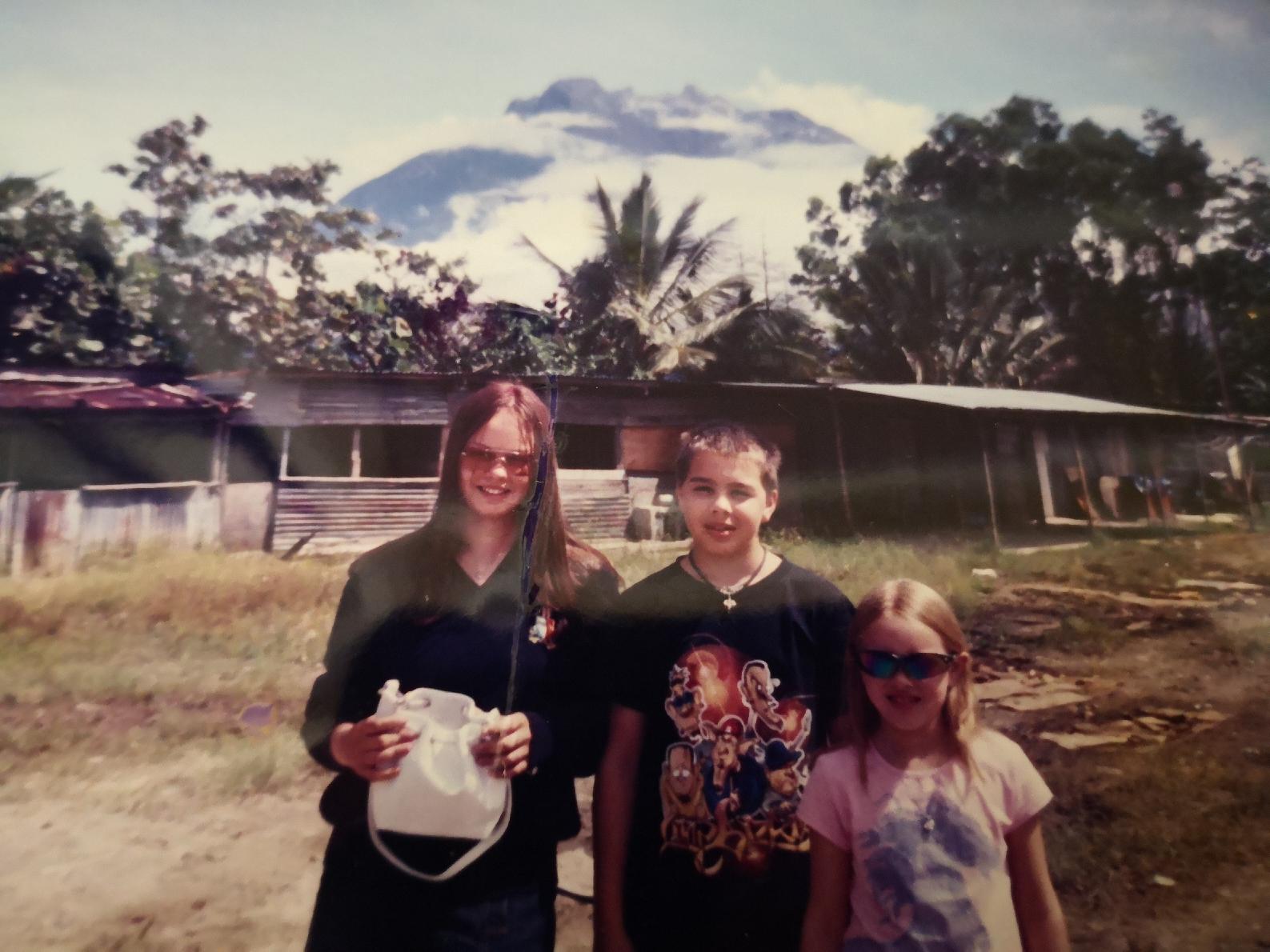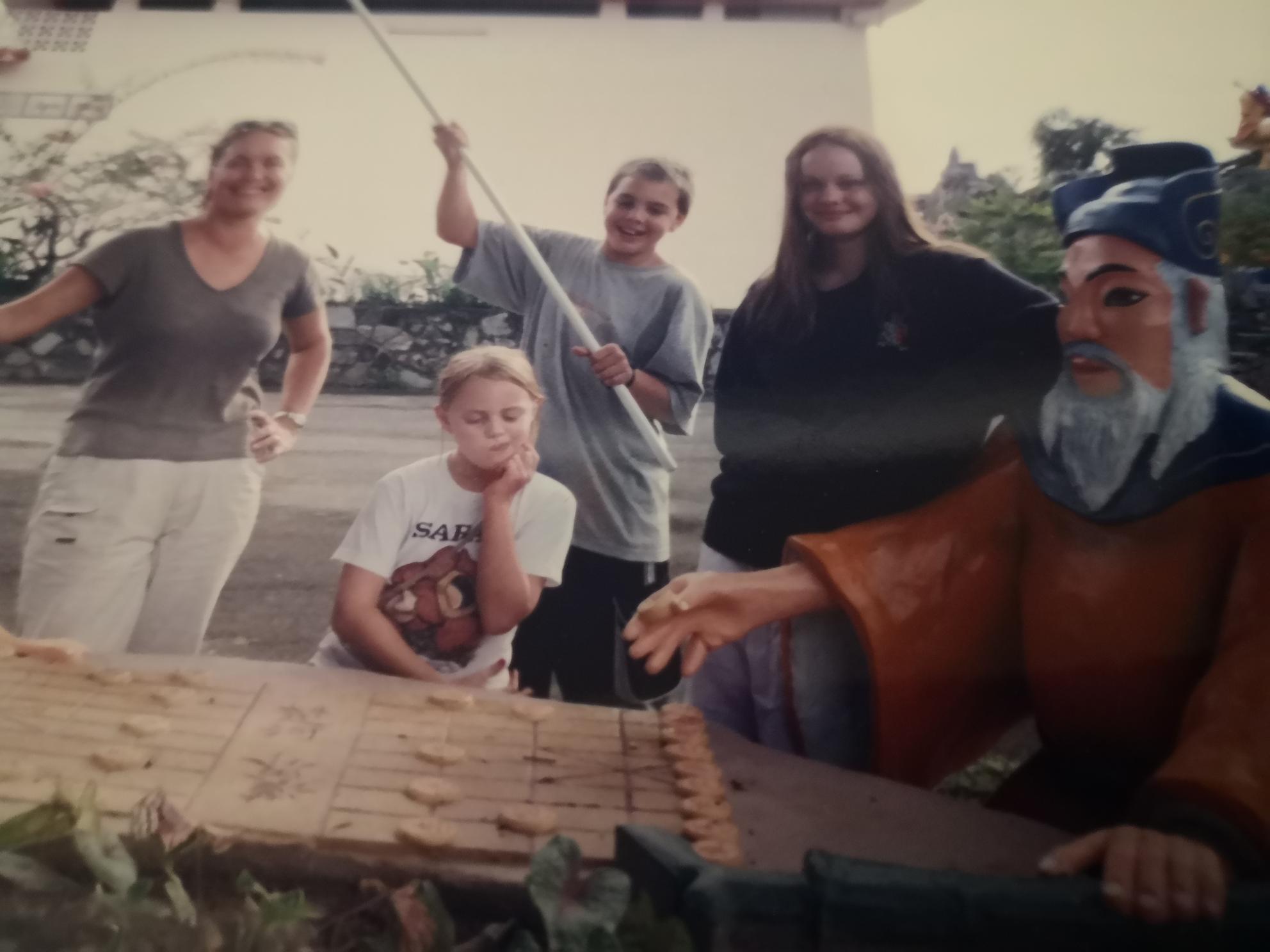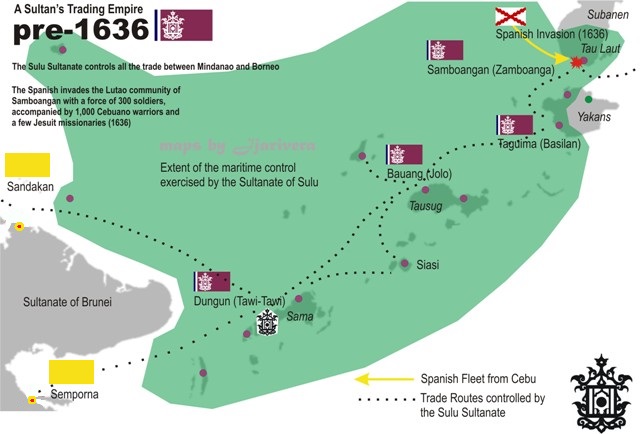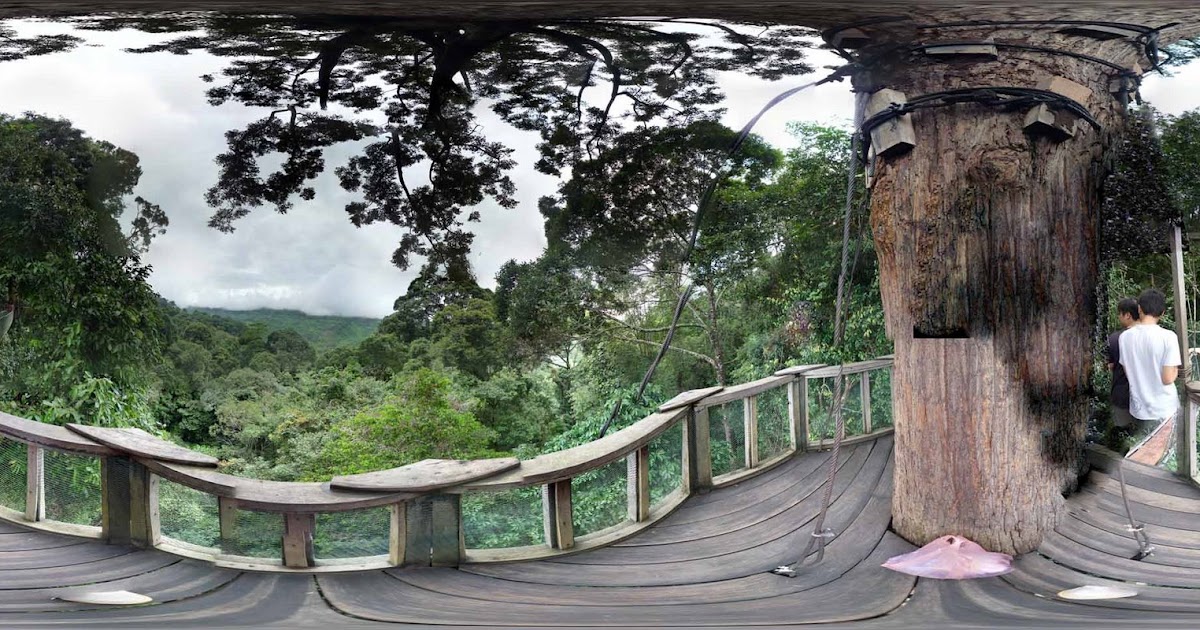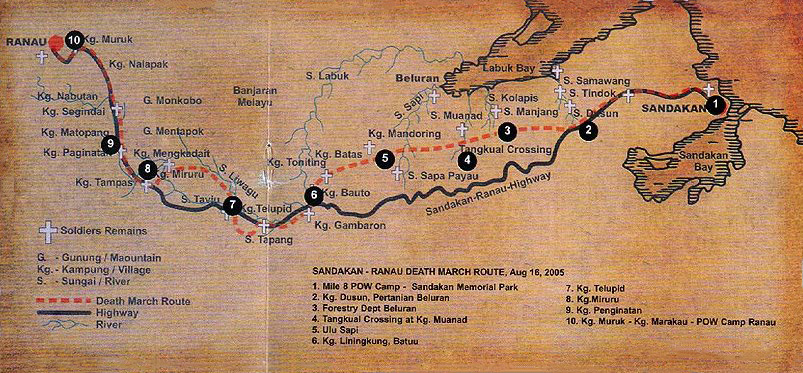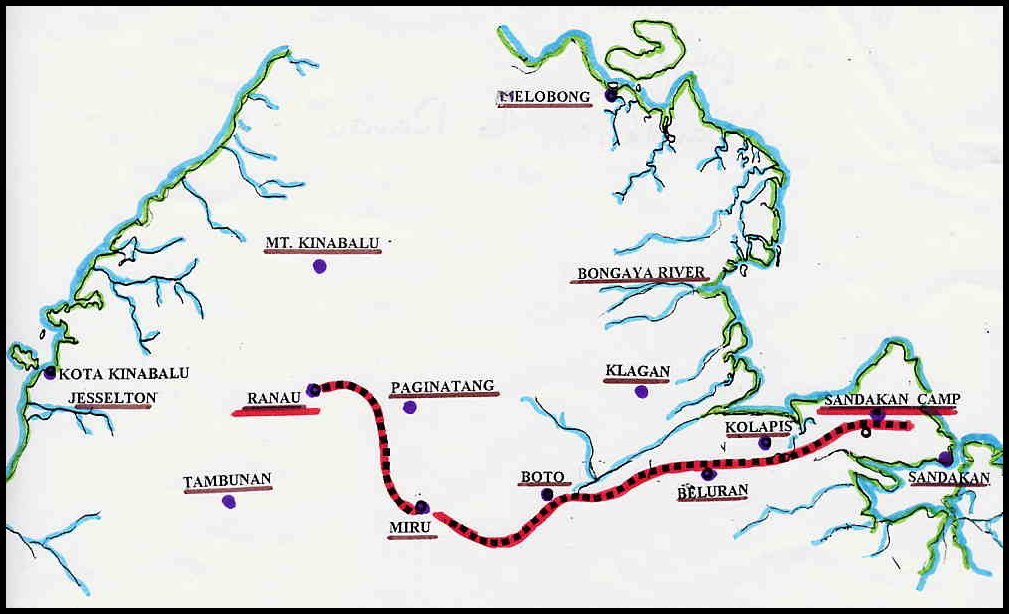
AsianOverland.net
Tour Guide - Itinerary
Asian Overland Sydney to London
Started 22/06/2022 Finished 21/06/2023365 Days ITINERARY
Day 42 date 02/08/2022SANDAKAN to RANAU, NORTH BORNEO
ASIANOVERLAND.NET SYDNEY TO LONDON DAY 42: SANDAKAN TO RANAU, NORTH BORNEO
The North Borneo dispute is the territorial dispute between Malaysia and the Philippines over the eastern part of the state of Sabah, a territory known as North Borneo prior to the formation of the Malaysian federation in 1963. The Philippines is the successor state to the Sultanate of Sulu and claims that the territory was only leased to the British North Borneo Company in 1878, with the sovereignty of the Sultanate over the territory remaining. Malaysia claims that the residents of Sabah exercised their right to self-determination when they voted to form the Malaysian Federation in 1963.
During the 19th century, European colonial powers fought over North Borneo and the Sulu Archipelago until an 1885 protocol was signed between the British, Germans and Spanish to recognise Spanish sovereignty over the Sulu Archipelago, in return for the Spanish renouncing sovereignty over Borneo.
Sandakan, formerly known as Elopura, is the capital of the Sandakan District in Sabah, Malaysia. It is the second largest city in Sabah after Kota Kinabalu and was the former capital of British North Borneo. The population was 510,600 in 2020.
Sandakan began to expand when the British North Borneo Company started to build a settlement in 1879, developing it into an active commercial and trading centre, as well the main administrative centre for North Borneo.
However, in 1942 the Japanese occupied the area, and the town was totally destroyed by Allied bombing in 1944 and 1945.
Sandakan is one of the main ports for oil, tobacco, coffee, sago, and timber exports. Economic activities include fishing, ship building, eco-tourism, and manufacturing. Among the tourist attractions in Sandakan are Sandakan Heritage Museum, Sandakan Cultural Festival, Sepilok Orang Utan Sanctuary, Turtle Islands National Park, and Gomantong Caves.
The Sandakan Memorial Park is a memorial site built on the grounds of the former Sandakan POW Camp, dedicated as a memory to all prisoners who died in the camp and during the Sandakan Death Marches. It is also recognises the suffering and sacrifice of the indigenous population.
As the Japanese expanded its Empire during World War II, thousands of Allied soldiers were detained. By July 1942, 1,500 Australian prisoners of war had been transferred from Singapore to Sandakan as forced labour to build a military airfield, 10 kilometers north of Sandakan. The number increased in 1943, to about 2,500 prisoners.
From the Sandakan POW Camp, only six of 2,500 Allied prisoners survived after they were forced to march in the Sandakan Death Marches. In addition, of the total of 17,488 Javanese labourers brought in by the Japanese during the occupation, only 1,500 survived, mainly due to starvation, harsh working conditions and maltreatment.
The local Dayak and other indigenous people played a role in guerrilla warfare against the Japanese occupying forces, with the Dayaks temporarily reviving headhunting.
The Sandakan Death Marches were three forced marches from Sandakan to Ranau which resulted in the deaths of 2,496 Allied prisoners of war held captive by the Empire of Japan. By the end of the war, of all the prisoners who had been imprisoned at Sandakan, only six Australians survived, all of whom had escaped. It is the single worst atrocity suffered by Australian servicemen during the Second World War.
There was no road or track between Sandakan and Ranau in 1945, so the jungle had to be hacked away. The first march across wide marshland, dense jungle, and then up the eastern slope of Mount Kinabalu, occurred between January and March 1945. The Japanese had selected 470 prisoners who were fit enough to carry baggage and supplies for the accompanying Japanese battalions retreating to the west coast, but all POWs were either malnourished or suffering serious illness. Although the route took nine days, they were only given enough rations for four days. Any POWs who were not fit enough or collapsed from exhaustion or injury, either killed.
On a brighter note, more recently there are many great activities to do in the Ranau region, including Poring Hot Springs, the Poring Canopy walk, and hunting for the largest flower in the world, Rafflesia, whose buds rise from the ground to create enormous flowers. The Rafflesia species which grows in the Ranau region are the largest flowers in the world. It’s well worth the walk.
Lest we forget.
© This work is copyright. Apart from any use permitted under the Copyright Act 1968, no part may be reproduced by any process, nor may any other exclusive right be exercised, without the permission of Peter Searle, peter@portseavillageresort.com; 1980-2024.
Website built by Justin O’Dea www.webdeveloperdocklands.com.au
